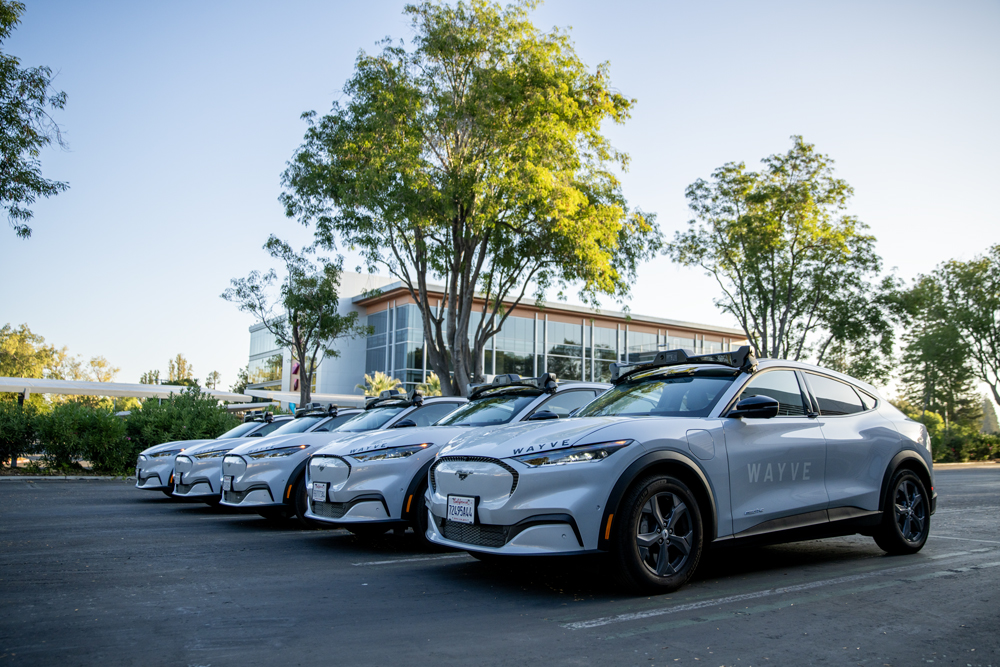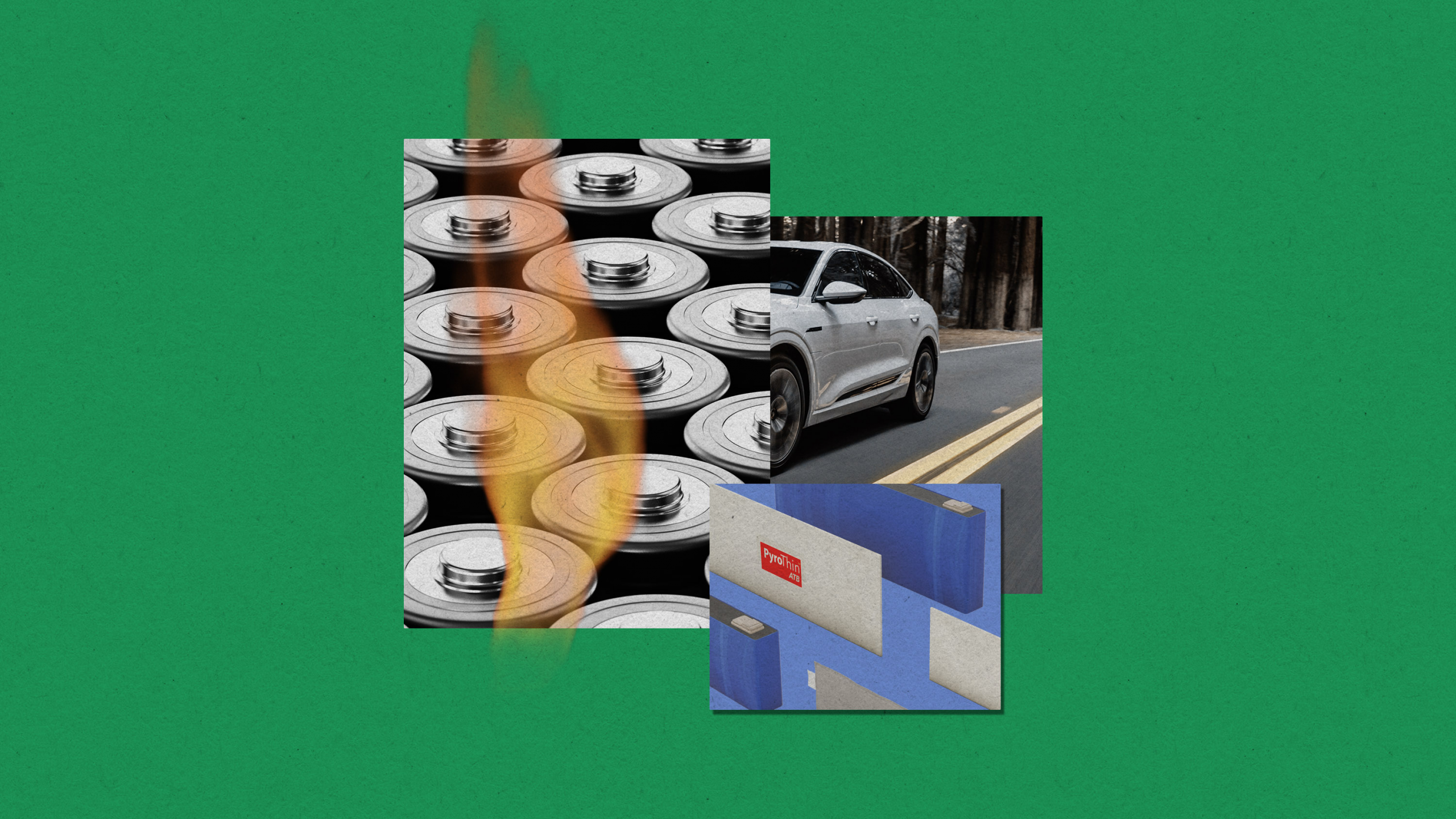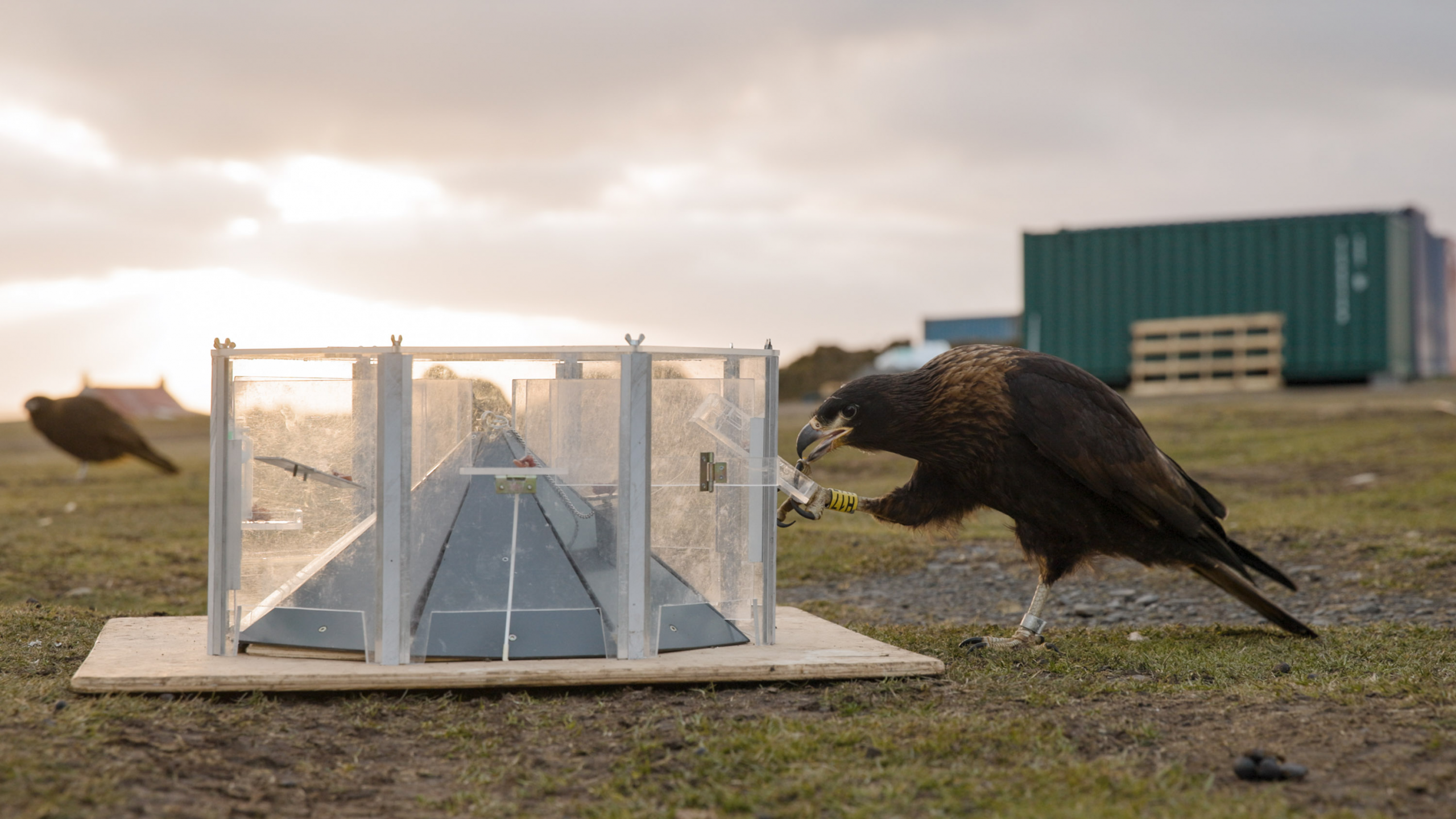The UK driverless-car startup Wayve is headed west. The firm’s cars learned to drive on the streets of London. But Wayve has announced that it will begin testing its tech in and around San Francisco as well. And that brings a new challenge: Its AI will need to switch from driving on the left to…
The UK driverless-car startup Wayve is headed west. The firm’s cars learned to drive on the streets of London. But Wayve has announced that it will begin testing its tech in and around San Francisco as well. And that brings a new challenge: Its AI will need to switch from driving on the left to driving on the right.
As visitors to or from the UK will know, making that switch is harder than it sounds. Your view of the road, how the vehicle turns—it’s all different, says Wayve’s vice president of software, Silvius Rus. Rus himself learned to drive on the left for the first time last year after years in the US. “Even for a human who has driven a long time, it’s not trivial,” he says.

The move to the US will be a test of Wayve’s technology, which the company claims is more general-purpose than what many of its rivals are offering. Wayve’s approach has attracted massive investment—including a $1 billion funding round that broke UK records this May—and partnerships with Uber and online grocery firms such as Asda and Ocado. But it will now go head to head with the heavyweights of the growing autonomous-car industry, including Cruise, Waymo, and Tesla.
Back in 2022, when I first visited the company’s offices in north London, there were two or three vehicles parked in the building’s auto shop. But on a sunny day this fall, both the shop and the forecourt are full of cars. A billion dollars buys a lot of hardware.
I’ve come for a ride-along. In London, autonomous vehicles can still turn heads. But what strikes me as I sit in the passenger seat of one of Wayve’s Jaguar I-PACE cars isn’t how weird it feels to be driven around by a computer program, but how normal—how comfortable, how safe. This car drives better than I do.
Regulators have not yet cleared autonomous vehicles to drive on London’s streets without a human in the loop. A test driver sits next to me, his hands hovering a centimeter above the wheel as it turns back and forth beneath them. Rus gives a running commentary from the back.
The midday traffic is light, but that makes things harder, says Rus: “When it’s crowded, you tend to follow the car in front.” We steer around roadworks, cyclists, and other vehicles stopped in the middle of the street. It starts to rain. At one point I think we’re on the wrong side of the road. But it’s a one-way street: The car has spotted a sign that I didn’t. We approach every intersection with what feels like deliberate confidence.
At one point a blue car (with a human at the wheel) sticks its nose into the stream of traffic just ahead of us. Urban drivers know this can go two ways: Hesitate and it’s a cue for the other car to pull out; push ahead and you’re telling it to wait its turn. Wayve’s car pushes ahead.
The interaction lasts maybe a second. But it’s the most impressive moment of my ride. Wayve says its model has picked up lots of defensive driving habits like this. “It was our right of way, and the safest approach was to assert that,” says Rus. “It learned to do that; it’s not programmed.”
Learning to drive
Everything that Wayve’s cars do is learned rather than programmed. The company uses different technology from what’s in most other driverless cars. Instead of separate, specialized models trained to handle individual tasks like spotting obstacles or finding a route around them—models that must then be wired up to work together—Wayve uses an approach called end-to-end learning.
This means that Wayve’s cars are controlled by a single large model that learns all the individual tasks needed to drive at once, using camera footage, feedback from test drivers (many of whom are former driving instructors), and a lot of reruns in simulation.
Wayve has argued that this approach makes its driving models more general-purpose. The firm has shown that it can take a model trained on the streets of London and then use that same model to drive cars in multiple UK cities—something that others have struggled to do.
But a move to the US is more than a simple relocation. It rewrites one of the most basic rules of driving—which side of the road to drive on. With Wayve’s single large model, there’s no left-hand-drive module to swap out. “We did not program it to drive on the left,” says Rus. “It’s just seen it enough to think that’s how it needs to drive. Even if there’s no marking on the road, it will still keep to the left.”
“So how will the model learn to drive on the right? This will be an interesting question for the US.”
Answering that question involves figuring out whether the side of the road it drives on is a deep feature of Wayve’s model—intrinsic to its behavior—or a more superficial one that can be overridden with a little retraining.
Given the adaptability seen in the model so far, Rus believes it will switch to US streets just fine. He cites the way the cars have shown they can adapt to new UK cities, for example. “That gives us confidence in its capability to learn and to drive in new situations,” he says.
Under the hood
But Wayve needs to be certain. As well as testing its cars in San Francisco, Rus and his colleagues are poking around inside their model to find out what makes it tick. “It’s like you’re doing a brain scan and you can see there’s some activity in a certain part of the brain,” he says.
The team presents the model with many different scenarios and watches what parts of it get activated at specific times. One example is an unprotected turn—a turn that crosses traffic going in the opposite direction, without a traffic signal. “Unprotected turns are to the right here and to the left in the US,” says Rus. “So will it see them as similar? Or will it just see right turns as right turns?”
Figuring out why the model behaves as it does tells Wayve what kinds of scenarios require extra help. Using a hyper-detailed simulation tool called PRISM-1 that can reconstruct 3D street scenes from video footage, the company can generate bespoke scenarios and run the model through them over and over until it learns how to handle them. How much retraining might the model need? “I cannot tell you the amount. This is part of our secret sauce,” says Rus. “But it’s a small amount.”
The autonomous-vehicle industry is known for hype and overpromising. Within the past year, Cruise laid off hundreds after its cars caused chaos and injury on the streets of San Francisco. Tesla is facing federal investigation after its driver-assistance technology was blamed for multiple crashes, including a fatal collision with a pedestrian.
But the industry keeps forging ahead. Waymo has said it is now giving 100,000 robotaxi rides a week in San Francisco, Los Angeles, and Phoenix. In China, Baidu claims it is giving some 287,000 rides in a handful of cities, including Beijing and Wuhan. Undaunted by the allegations that Tesla’s driver-assistance technology is unsafe, Elon Musk announced his Cybercab last week with a timeline that would put these driverless concept cars on the road by 2025.
What should we make of it all? “The competition between robotaxi operators is heating up,” says Crijn Bouman, CEO and cofounder of Rocsys, a startup that makes charging stations for autonomous electric vehicles. “I believe we are close to their ChatGPT moment.”
“The technology, the business model, and the consumer appetite are all there,” Bouman says. “The question is which operator will seize the opportunity and come out on top.”
Others are more skeptical. We need to be very clear what we’re talking about when we talk about autonomous vehicles, says Saber Fallah, director of the Connected Autonomous Vehicle Research Lab at the University of Surrey, UK. Some of Baidu’s robotaxis still require a safety driver behind the wheel, for example. Cruise and Waymo have shown that a fully autonomous service is viable in certain locations. But it took years to train their vehicles to drive specific streets, and extending routes—safely—beyond existing neighborhoods will take time. “We won’t have robotaxis that can drive anywhere anytime soon,” says Fallah.
Fallah takes the extreme view that this won’t happen until all human drivers hand in their licenses. For robotaxis to be safe, they need to be the only vehicles on the road, he says. He thinks today’s driving models are still not good enough to interact with the complex and subtle behaviors of humans. There are just too many edge cases, he says.
Wayve is betting its approach will win out. In the US, it will begin by testing what it calls an advanced driver assistance system, a technology similar to Tesla’s. But unlike Tesla, Wayve plans to sell that technology to a wide range of existing car manufacturers. The idea is to build on this foundation to achieve full autonomy in the next few years. “We’ll get access to scenarios that are encountered by many cars,” says Rus. “The path to full self-driving is easier if you go level by level.”
But cars are just the start, says Rus. What Wayve is in fact building, he says, is an embodied model that could one day control many different types of machines, whether they have wheels, wings, or legs.
“We’re an AI shop,” he says. “Driving is a milestone, but it’s a stepping stone as well.”



